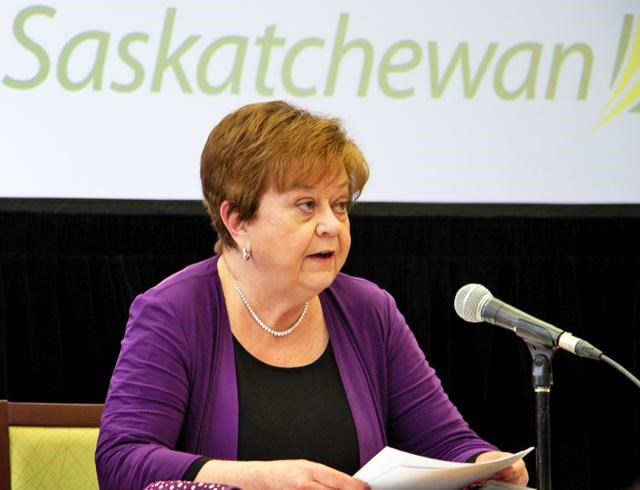The 2020-21 Mid-Year Report released today forecasts a deficit more than $380 million lower than budgeted, and an improving economy.
“As reflected in these latest forecasts, our government is managing the province’s finances carefully through the pandemic,” Deputy Premier and Finance Minister Donna Harpauer said. “The mid-year update also includes $260 million of contingencies to cushion against potential pandemic-related revenue and spending shocks over the remainder of the fiscal year.”
A deficit of $2 billion is now forecast, an improvement of $381.5 million from the budget.
Revenues are projected at $14.2 billion, a $503.5 million (3.7 per cent) increase from budget. The increase from budget is due to higher federal transfers, higher Government Business Enterprise net income and higher non-renewable resource revenue. Tax and other own-source revenue forecasts are unchanged from budget, but the mid-year update includes a $41.2 million decrease in tax revenue as a result of the reduction in the small business tax rate.
Expenses are forecast to be $16.2 billion, an increase of $122 million (0.8 per cent) from the budget. This includes increases for the health, education, municipal and tourism sectors, partly offset by lower-than-budgeted pension expense and crop insurance claims expense.
The mid-year forecast includes the impact of government’s election commitments totalling $91.7 million. A $160 million expense contingency remains in place at mid-year.
Public debt and net debt are both down compared to the budget forecast. Saskatchewan’s net debt-to-GDP ratio at March 31, 2021, is now estimated at 19.6 per cent and is expected to be one of the lowest among Canadian provinces this year. Saskatchewan also has the second-highest credit rating in Canada, when ratings from the three major rating agencies are combined.
“Saskatchewan’s economy has performed better than originally anticipated in the June 2020 budget,” Harpauer said. “Real GDP is forecast to decline 5.0 per cent, compared to a decline of 6.3 per cent forecast at budget. Saskatchewan’s unemployment rate was the lowest in Canada in October and total employment, on an unadjusted basis, is nearing pre-pandemic levels. As a result, our planned path to a balanced budget in 2024-25 is unchanged.”



